



Business Inquiry
Global:
Email:marketing@medicilon.com
+1 (617) 888-9294(U.S.)
0044 7790 816 954 (Europe)
China:
Email: marketing@medicilon.com.cn
Tel: +86 (21) 5859-1500



 Paradigm Shifts from Animal Testing to Alternative Preclinical Drug Screening
Paradigm Shifts from Animal Testing to Alternative Preclinical Drug Screening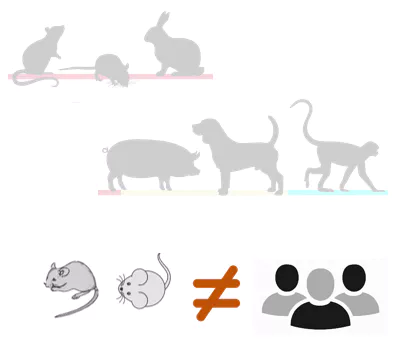
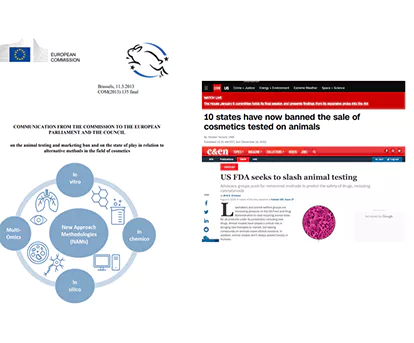
 3D Cultures: A Better Tool for In Vitro Cell-Based Assays
3D Cultures: A Better Tool for In Vitro Cell-Based Assays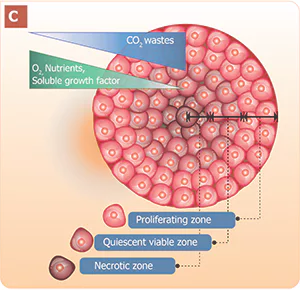
| Type of culture | 2D | 3D |
| In vivo-like | No mimicry of natural tissue or tumor structure | Resembles in vivo tissues and organs |
| Proliferation | Faster growth in monolayer | Similar to in vivo situation |
| Polarity | Partial polarization | Accurate cell polarization depiction |
| Cell morphology | Sheet-like, flat cells | Form aggregate/spheroid structures |
| Cell-cell interaction | Limited interactions | Proper cell-cell and cell-extracellular matrix interactions |
| Gene/protein expression | Altered gene expression | Relevant gene/protein expression in 3D models |
| Drug responses | Lack of correlation with human tumors | Similar drug resistance patterns as in patients |
| Access to compounds | Unlimited access to nutrients and molecules | Variable access similar to in vivo conditions |
| Testing duration | Short-term acute toxicity assessment | Long-term low-dose repetitive exposure |
 Utilization of 3D Cultured Scaffold-Free Spheroids in Preclinical Studies
Utilization of 3D Cultured Scaffold-Free Spheroids in Preclinical Studies Medicilon's Breakthrough: 3D Cultured Spheroids for Advanced Drug Safety Evaluation
Medicilon's Breakthrough: 3D Cultured Spheroids for Advanced Drug Safety Evaluation
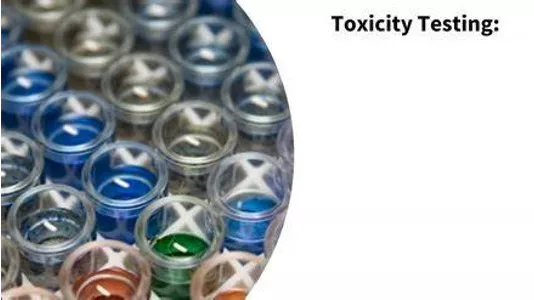
 Harnessing the Power of 3D Cultured KRAS Spheroids for Cancer Drug Efficacy Evaluation
Harnessing the Power of 3D Cultured KRAS Spheroids for Cancer Drug Efficacy Evaluation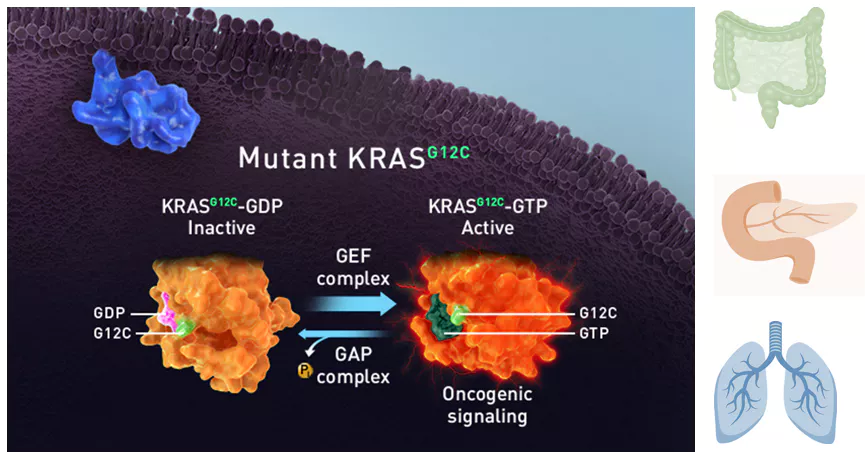
| Overview of 3D Spheroid Models Developed with KRAS Cell Lines and Associated Diseases | |||
| Cell line | Full Name | Organ | KRAS mutant |
| SW837 | Human colorectal cancer cells | Colon | G12C |
| HCT15 | Human colorectal cancer cells | Colon | G13D |
| LoVo | Human colorectal cancer cells | Colon | G13D |
| HCT116 | Human colorectal cancer cells | Colon | G13D |
| NCI-H23 | Human non-small cell lung cancer cells | Lung | G12C |
| Calu-1 | Human lung cancer cells | Lung | G12C |
| NCI-H358 | Human non-small cell lung cancer cells | Lung | G12C |
| HPAF-II | Human pancreatic cancer cells | Pancreas | G12D |
| AsPC-1 | Human pancreatic adenocarcinoma | Pancreas | G12D |
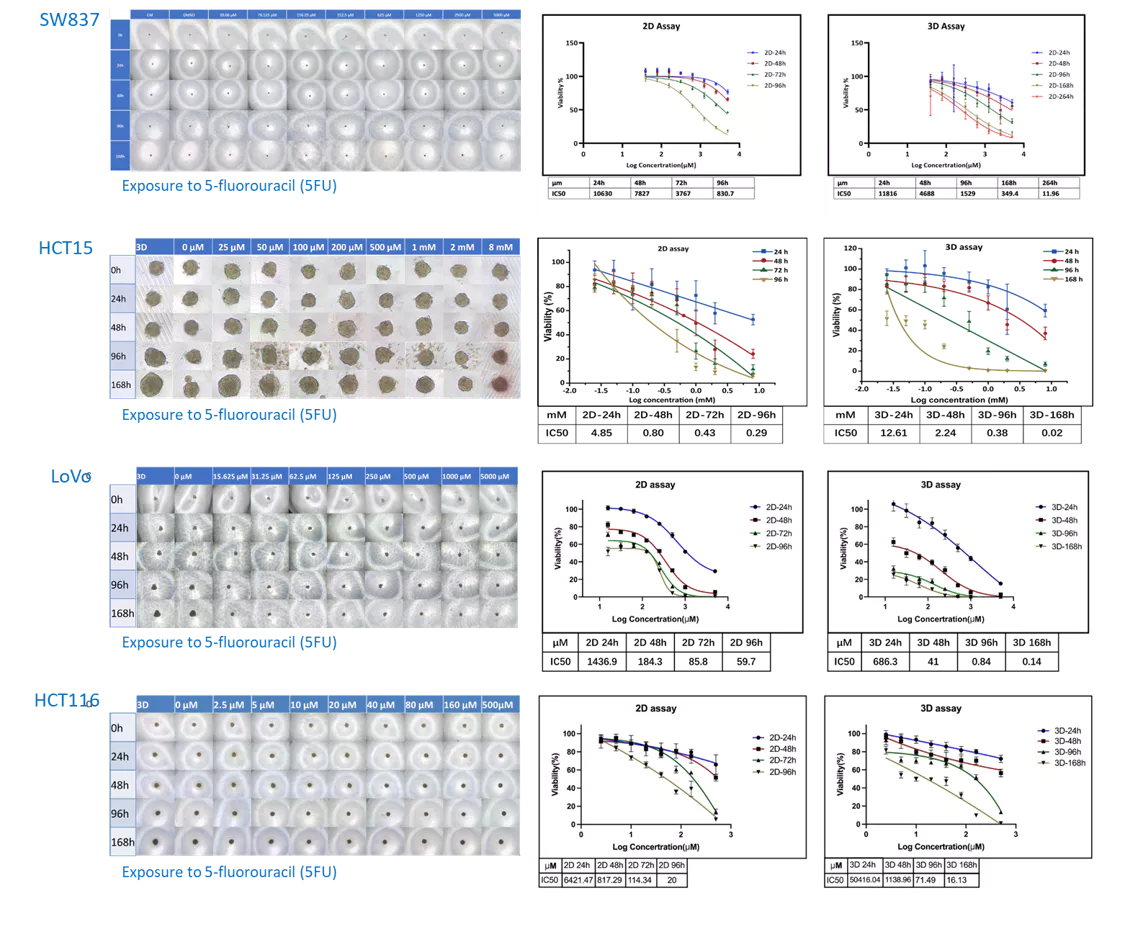

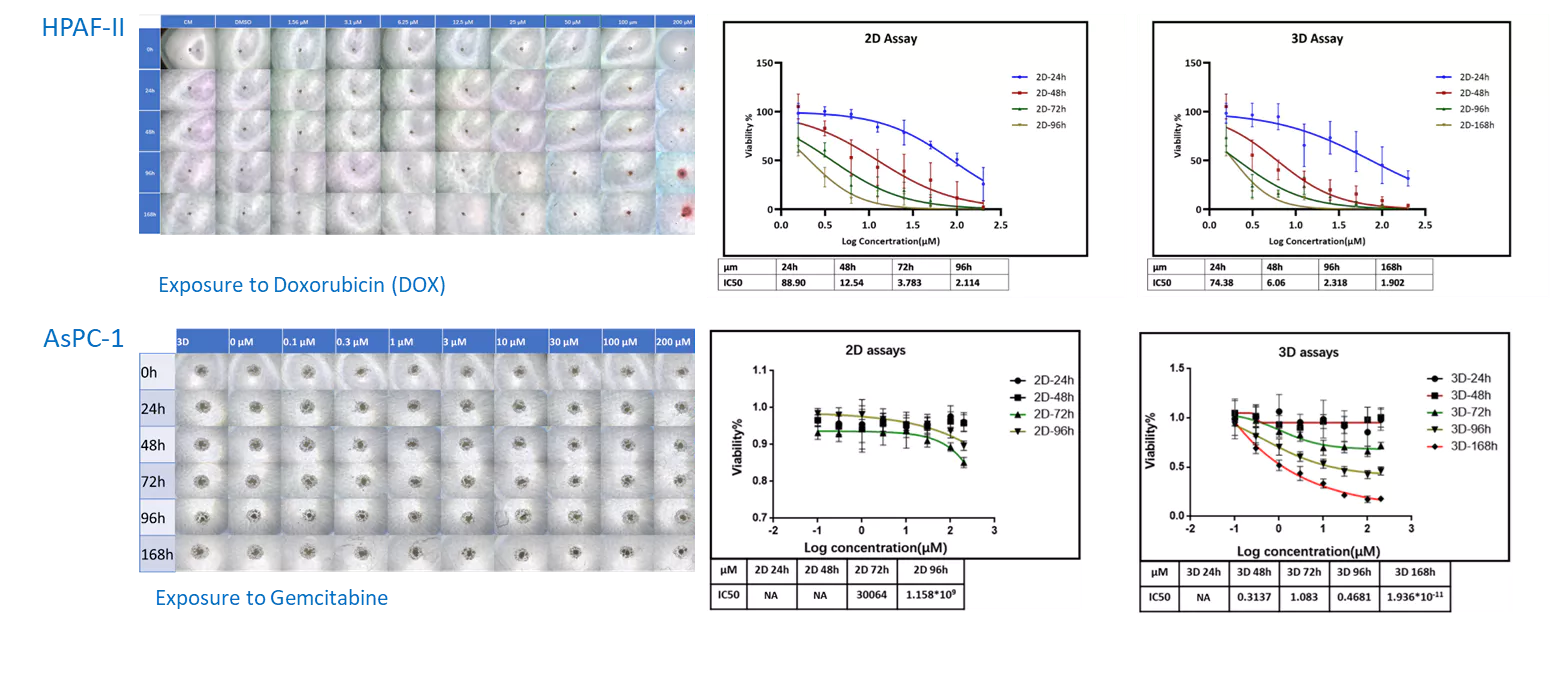
 Unlocking the Potential of 3D Cultured HepG2 Spheroids for Liver Toxicity Assessment in Drug Development
Unlocking the Potential of 3D Cultured HepG2 Spheroids for Liver Toxicity Assessment in Drug Development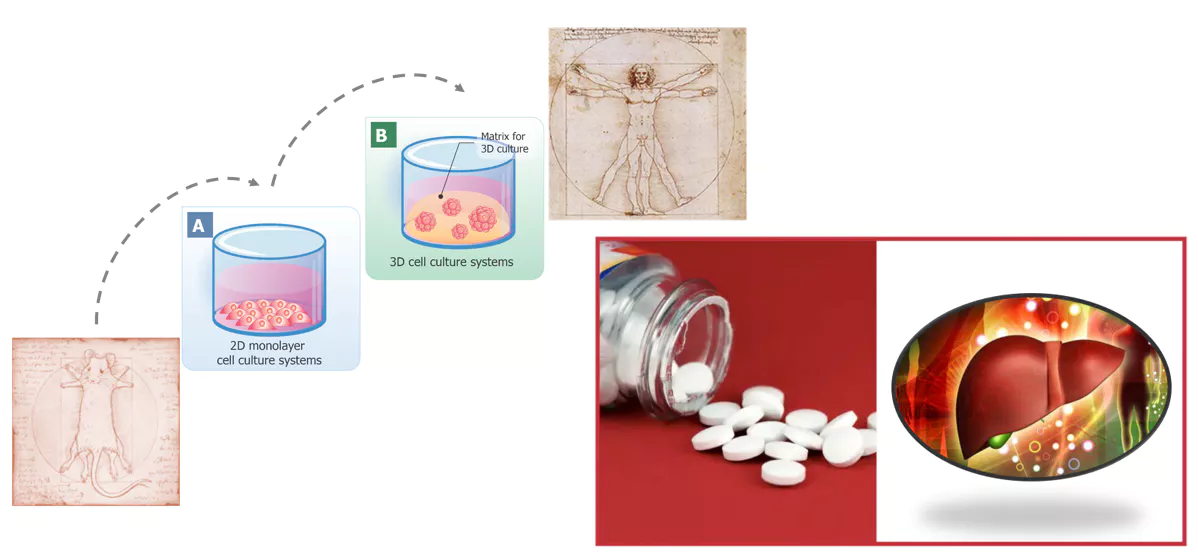
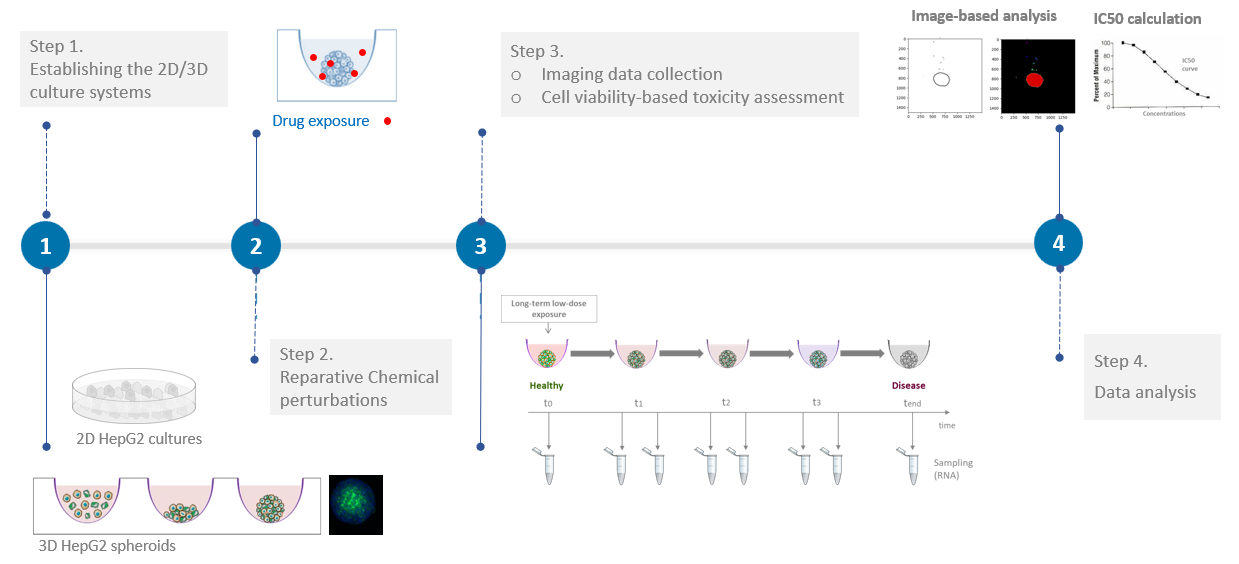
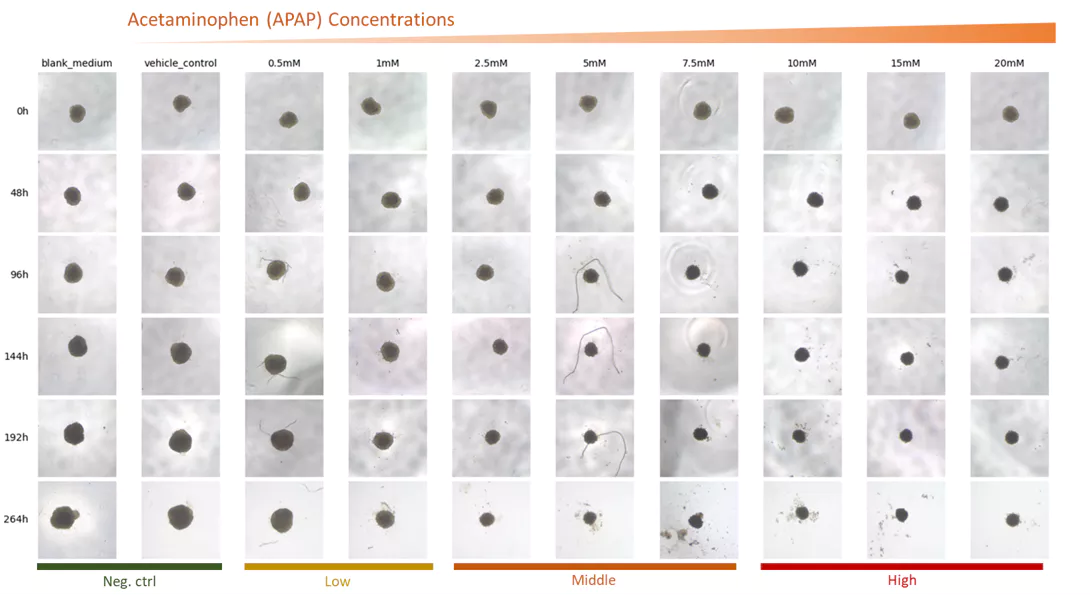
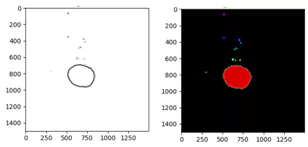
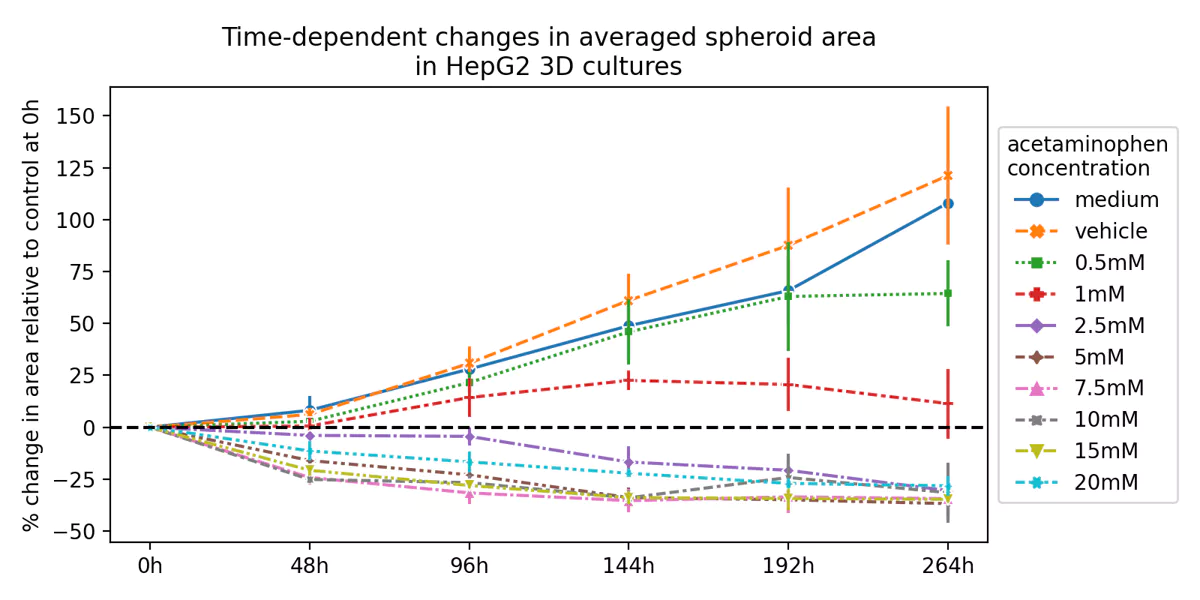
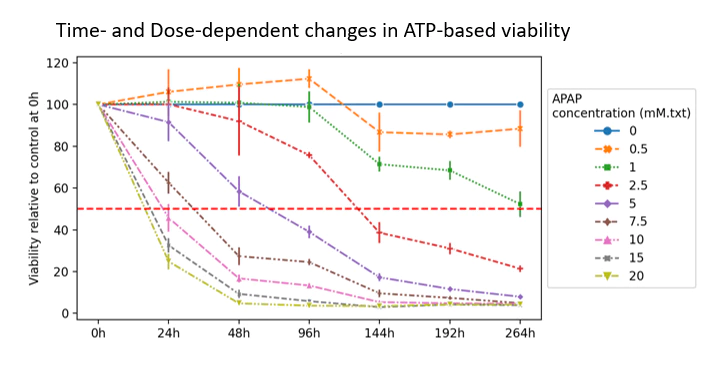
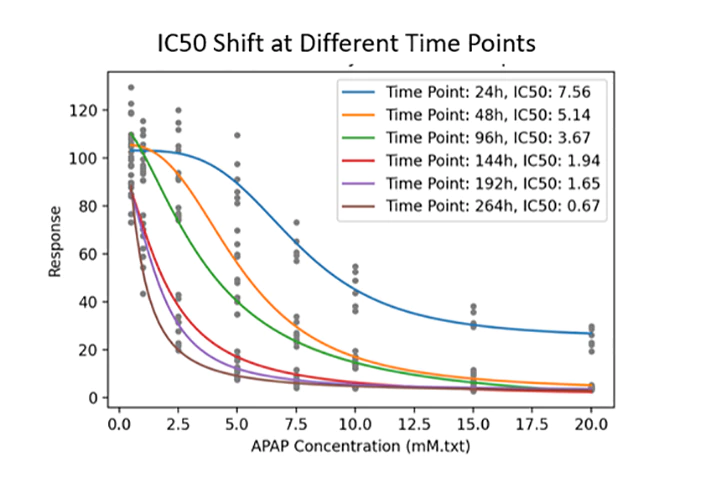
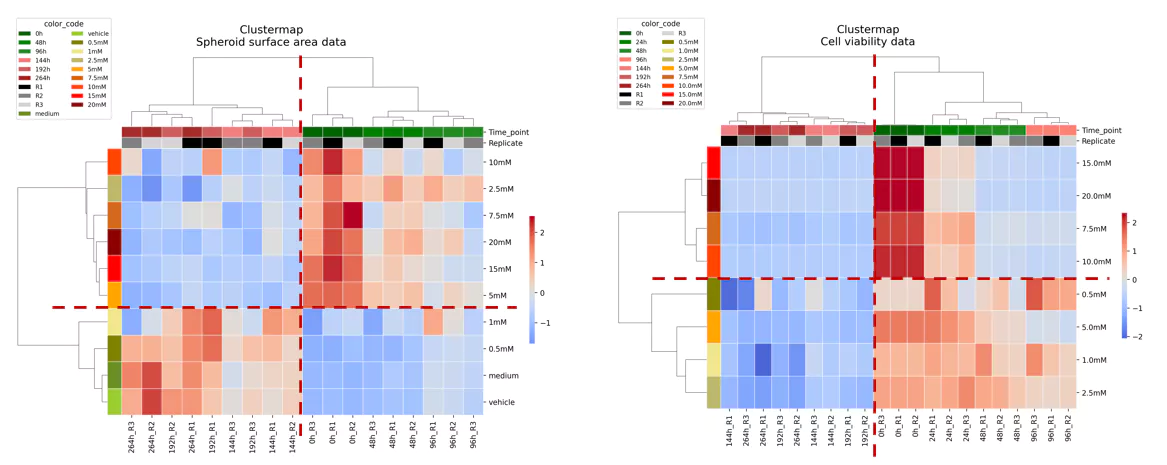
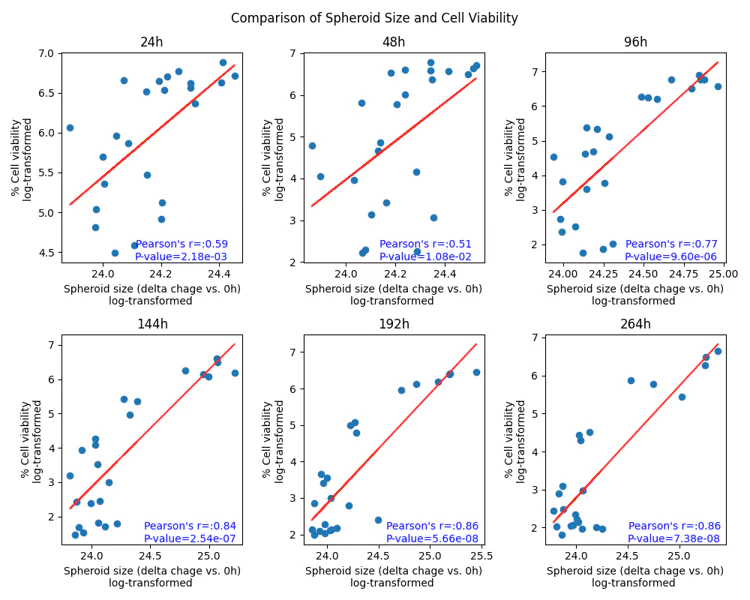
 Conclusion: Long-term repetitive exposure in 3D cultured HepG2 spheroids accurately mirrors the in vivo scenario
Conclusion: Long-term repetitive exposure in 3D cultured HepG2 spheroids accurately mirrors the in vivo scenario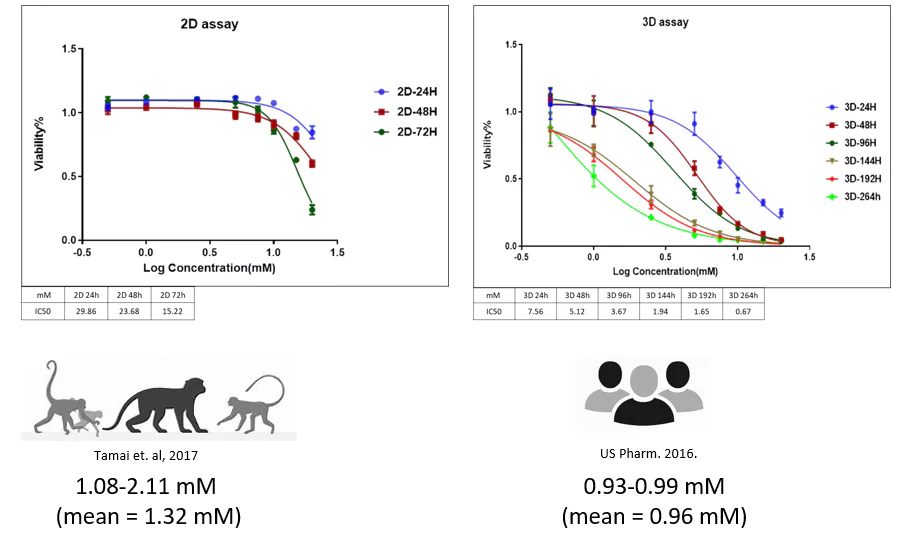
 Relevant articles
Relevant articles